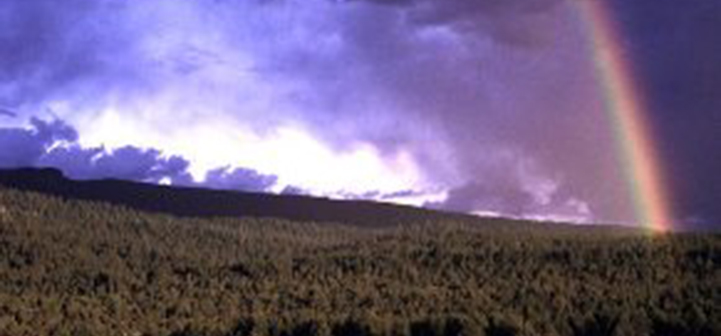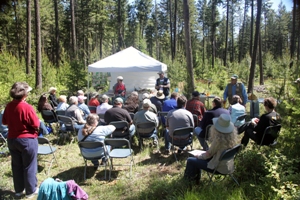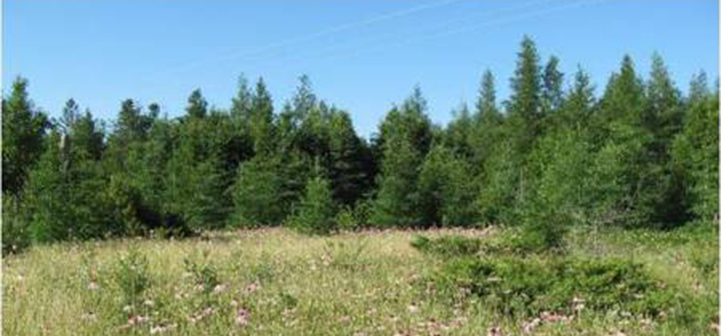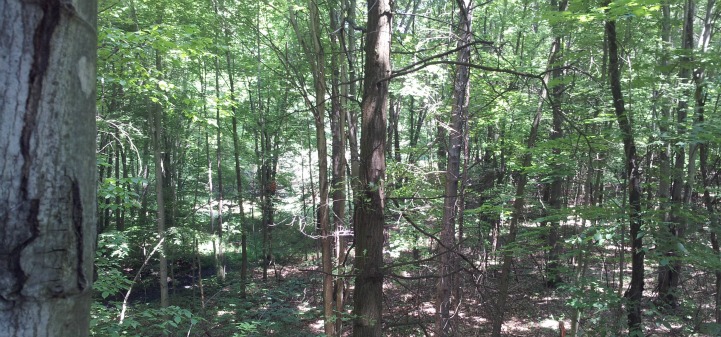Written by Peter Kolb, Montana State University
Forests (Figure 1) are composed of many trophic levels that include primary producers: large and dominant trees, as well as understory shrubs, forbs, grasses, mosses, lichens, and even algae; large and small herbivores such as moose, deer, mice, and caterpillars; carnivores such as cougars, coyotes, weasels, shrews, and cleride beetles; and decomposers, which could include larger animals such as bears that eat carrion but are usually comprised of smaller organisms such …
 Weather and climate are often confused. In this article, we explore how climate and weather are different from and related to each other.
Weather and climate are often confused. In this article, we explore how climate and weather are different from and related to each other.






